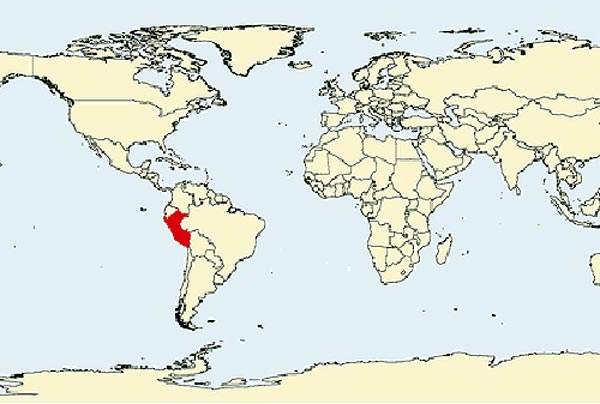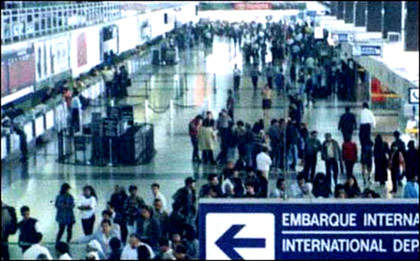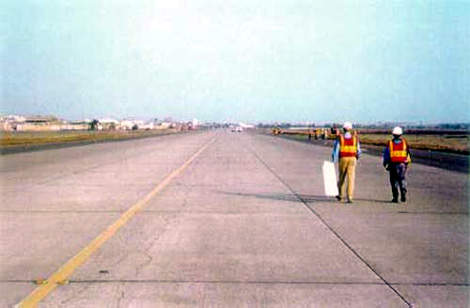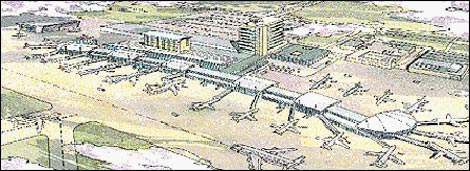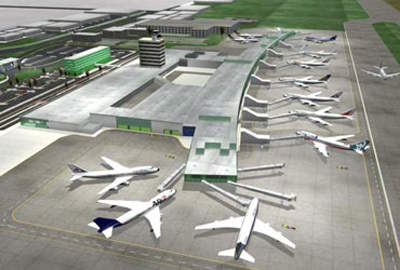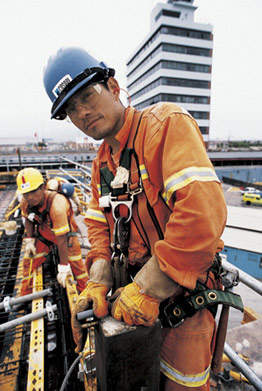The Jorge Chávez International Airport in Callao is located 11km from the historic centre of Lima, Peru. It is the main international and domestic airport of Peru. The airport handled 8.7 million passengers and 232,374t of cargo in 2009.
In November 2000 a consortium (Alterra) including Frankfurt Airport Services Worldwide (Flughafen Frankfurt Main AG) (32.75%), German airport operators, Bechtel Enterprises International Ltd (42.75%), Singapore Changi Airport Enterprise Pty. Ltd (10%) and Cosapi S.A. (14.5%), a Peruvian construction company, won the bidding process put up by the Peruvian State for the Jorge Chávez International Airport concession.
The consortium signed a 30-year concession agreement with the Government of Peru in February 2001. Lima Airport Partners SRL was the company organised by the consortium to fulfil the requirements of the concession agreement and is responsible for managing, operating, maintaining, developing and expanding the airport.
Lima Airport Partners will invest over $1.4bn over a 30-year period, to provide for a new runway, air-sea cargo hub and a new passenger terminal. the annual passenger traffic is expected to increase to 21.7 million and the cargo volume to 566,000t annually by 2020.
The airport is an important South American hub and was awarded Best South American Airport in 2005 by Skytrax. Planes from the airport fly to over 45 destinations in 20 countries. CORPAC is the Peruvian airport authority and the body that oversees the concession.
Development background
The number of international visitors taking an interest in South America is rapidly increasing, and Peru is keen to take advantage of this. The airport development is intended as a concentrated business venture encouraging tourism and business visitors.
It also encourages local investment in the retail, export and hospitality industries.
The consortium has pledged to invest $109m in the first 42 months, $193m in the first eight years, moving to $1.4bn by the end of the 30-year term.
The three members of the consortium will bring different expertise to the project. Approximately $350m of the total project value will cover engineering services from Bechtel, ground support equipment, power plant and grid equipment and safety devices.
Cosapi is supporting the development of the Jorge Chavez into a leading South American airport. It provides transportation and related projects, such as car park facilities, boarding bridges and hotel and retail facilities. Flughafen Frankfurt Main manages and markets 30 international airports, and its experience will support the work in Peru.
Expansion
By mid-2002 the airport felt the advantages of initial investment with a smoother passenger service in both domestic and international departures. In the first three and a half years over $130 million was invested in the terminal infrastructure upgrade. This included boarding bridges, new aircraft aprons and taxiways, reorganising the car-parking facilities, and developing the hotel and retail facilities at the airport.
The first phase of Terminal one expansion involved an international-standard shopping plaza, the Peru Plaza Shopping Centre, which was developed and inaugurated in 2005. In June 2007, a four-star hotel was launched in front of the terminal.
The second phase of the terminal was completed in January 2009. Revenue from the international shopping plaza in Terminal 1 paid for the retail complex in Terminal 2.
A second runway is scheduled for completion in 2014. A new H-shaped terminal complex will be developed between the runways to reduce passenger walking distance.
A link between airport and sea cargo operations will be encouraged to promote an increase in air courier freight from nearby ports for final air-delivery. This will radically increase volume going through the airport.
In the long term a free zone for special customs treatment will also be established to encourage cooperation between air and sea cargo developments and other courier services.
The new terminal
The existing terminal went through a near demolition when the consortium took over. During a 31-month project the terminal was doubled in size from 25,000m² to 54,000m² and now (opened in January 2005 at a cost of $148 million) has 94 check-in desks and 18 gates (seven with passenger airbridges), with a post office, bank, bureau de change, restaurants, cafeterias, bars, VIP lounge, duty free shop, newsagent / tobacconist, gift shop, travel agent, tourist help desk and car rental facilities and a huge shopping plaza.
The concourse for this was designed to be curved to increase the parking space for airplanes and minimise walking distances for passengers.
Arquitectonica were the architects, Airport Design and Management were cost surveyors; the construction of a second runway is now on the drawing board.
In June 2006 Preston Aviation Solutions supplied its passenger and baggage flow simulation system (PaxSim) to Lima Airport Partners in order to assist them in the planning of the second terminal building.

